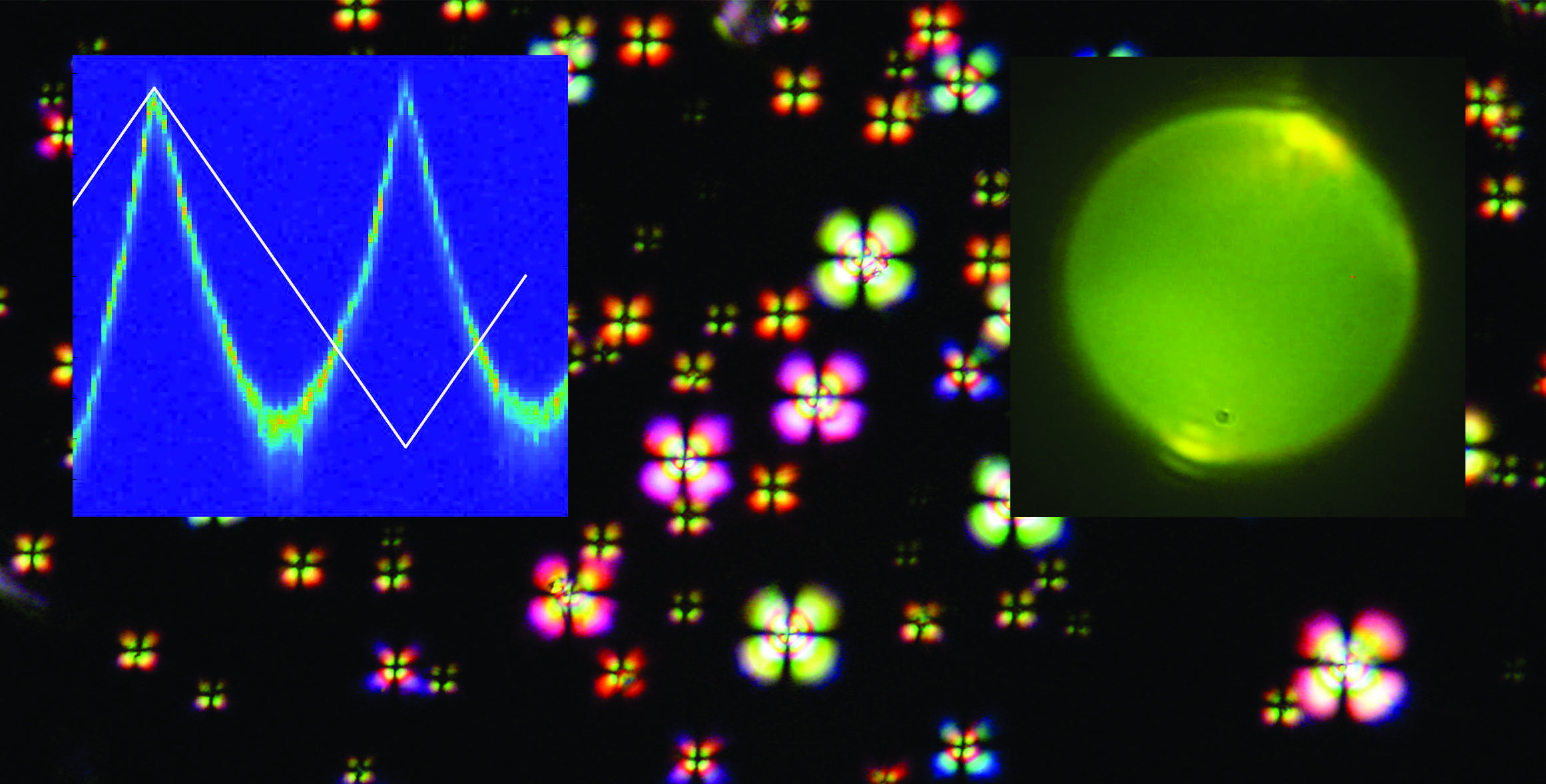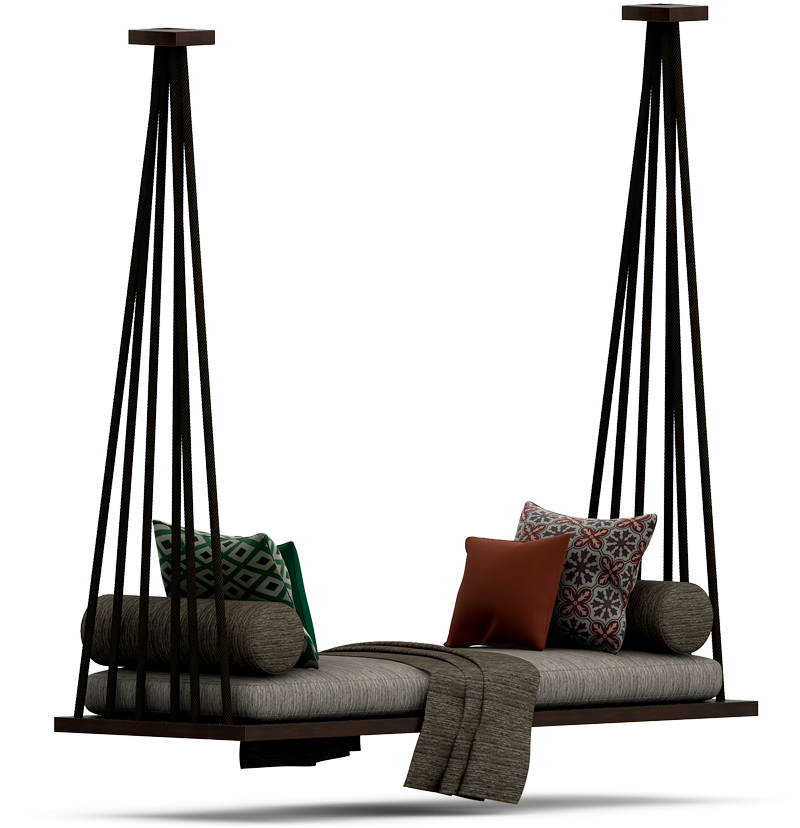 The first ferroelectric liquid crystal microlaser
The first ferroelectric liquid crystal microlaser
19 December 2019
In a joint collaboration, the researchers of Soft Matter Lab at JSI, King’s College London, UK, and Raman Research Institute, Bengaluru, India, developed a novel type of a microlaser based on a ferroelectric Smectic C* liquid crystal (FELC) droplets. The microlaser emits several laser modes and the emitted wavelength can be tuned by external voltage. Published online in Liquid Cystals, December 2019. Read more.
The device is a tiny droplet of FELC, typically some tens of micrometers in diameter, which is dispersed in a fluorinated fluid. The FELC is doped with a fluorescent dye, which provides optical amplification for light circulating in the droplet. Dielectric and transparent spheres support resonant circulation of the Whispering Gallery Modes, which can be considered as light, bouncing off the inner surface of the droplet by total internal reflection and travelling in-phase around the interior of the microsphere. When such a droplet is illuminated with a pulse of a green light, some fluorescent light starts circulating inside the droplet in WGMs and is amplified via stimulated emission. Above some threshold for the pumping light pulses, the droplet starts emitting light pulses with several discrete laser lines.
The condition for the optical resonances can be changed by changing the refractive index of the droplet. In our case, the external electric field couples to the spontaneous electric polarization of the FELC, distorts the helical super structure of this phase and changes the effective index of refraction of the FELC. As a result, the condition for WGM resonances is changed and the microlaser will emit light at different wavelengths. The range of tuning is 4.5 nm at 2V/µm. The article by Anna Ryzhkova, Igor Musevic of JSI, Maryam Nikkhou of King’s College, London, and Ramarao Pratibha of Raman Research Institute, Bengaluru, India, entitled Tuneable ferroelectric liquid crystal microlaser, was published online in  Liquid Crystals.
Liquid Crystals.








